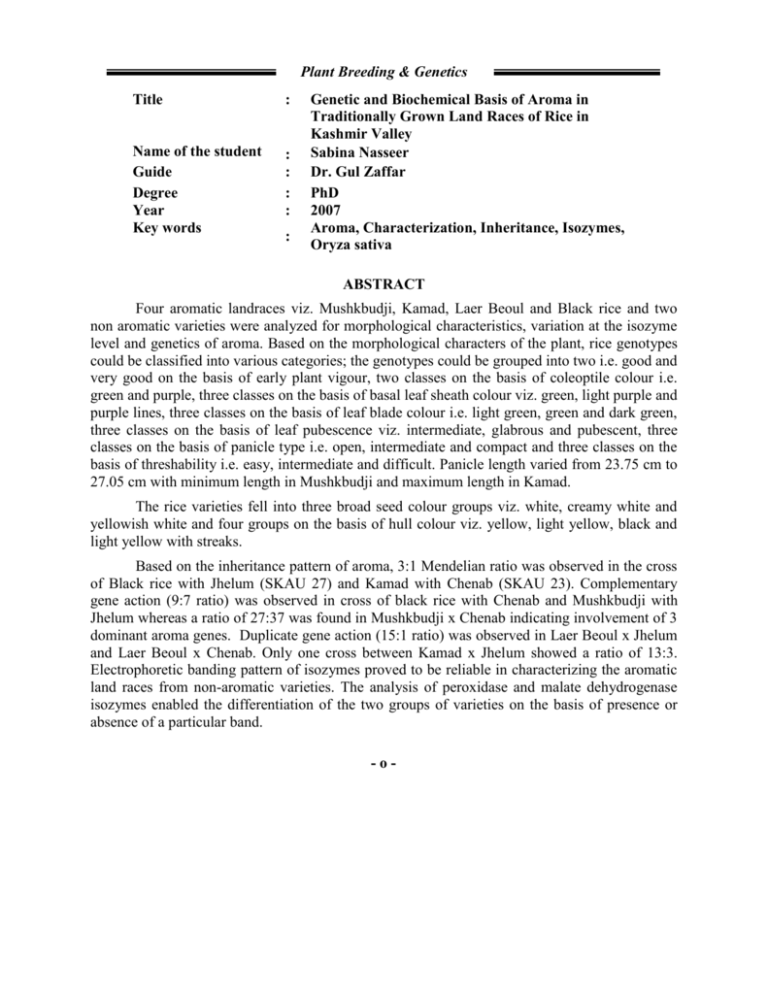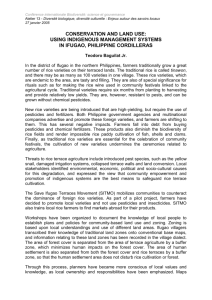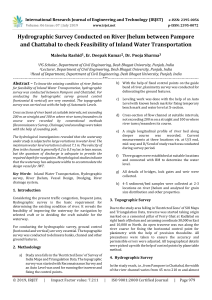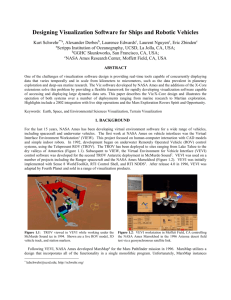007
advertisement

Plant Breeding & Genetics Title : Name of the student Guide Degree Year Key words : : : : : Genetic and Biochemical Basis of Aroma in Traditionally Grown Land Races of Rice in Kashmir Valley Sabina Nasseer Dr. Gul Zaffar PhD 2007 Aroma, Characterization, Inheritance, Isozymes, Oryza sativa ABSTRACT Four aromatic landraces viz. Mushkbudji, Kamad, Laer Beoul and Black rice and two non aromatic varieties were analyzed for morphological characteristics, variation at the isozyme level and genetics of aroma. Based on the morphological characters of the plant, rice genotypes could be classified into various categories; the genotypes could be grouped into two i.e. good and very good on the basis of early plant vigour, two classes on the basis of coleoptile colour i.e. green and purple, three classes on the basis of basal leaf sheath colour viz. green, light purple and purple lines, three classes on the basis of leaf blade colour i.e. light green, green and dark green, three classes on the basis of leaf pubescence viz. intermediate, glabrous and pubescent, three classes on the basis of panicle type i.e. open, intermediate and compact and three classes on the basis of threshability i.e. easy, intermediate and difficult. Panicle length varied from 23.75 cm to 27.05 cm with minimum length in Mushkbudji and maximum length in Kamad. The rice varieties fell into three broad seed colour groups viz. white, creamy white and yellowish white and four groups on the basis of hull colour viz. yellow, light yellow, black and light yellow with streaks. Based on the inheritance pattern of aroma, 3:1 Mendelian ratio was observed in the cross of Black rice with Jhelum (SKAU 27) and Kamad with Chenab (SKAU 23). Complementary gene action (9:7 ratio) was observed in cross of black rice with Chenab and Mushkbudji with Jhelum whereas a ratio of 27:37 was found in Mushkbudji x Chenab indicating involvement of 3 dominant aroma genes. Duplicate gene action (15:1 ratio) was observed in Laer Beoul x Jhelum and Laer Beoul x Chenab. Only one cross between Kamad x Jhelum showed a ratio of 13:3. Electrophoretic banding pattern of isozymes proved to be reliable in characterizing the aromatic land races from non-aromatic varieties. The analysis of peroxidase and malate dehydrogenase isozymes enabled the differentiation of the two groups of varieties on the basis of presence or absence of a particular band. -o-






